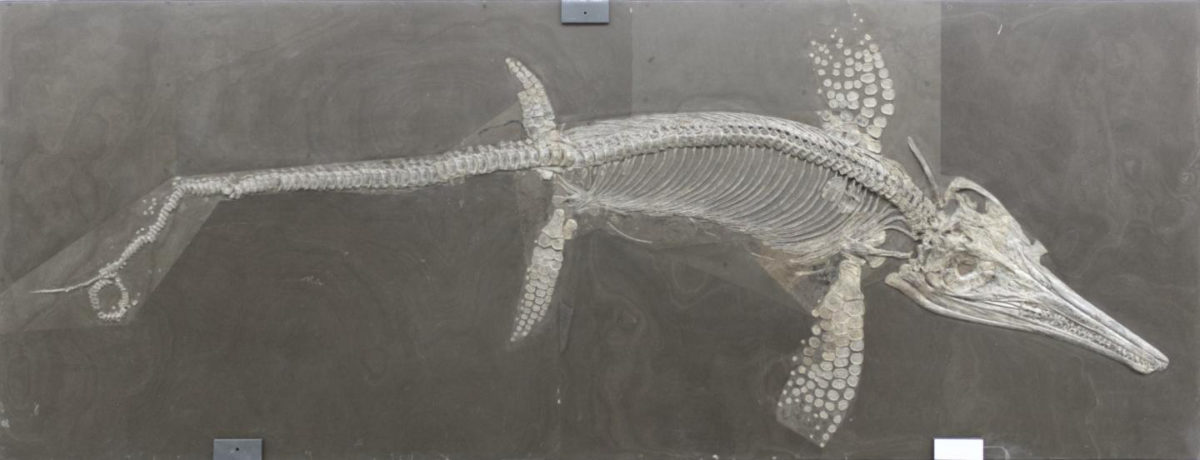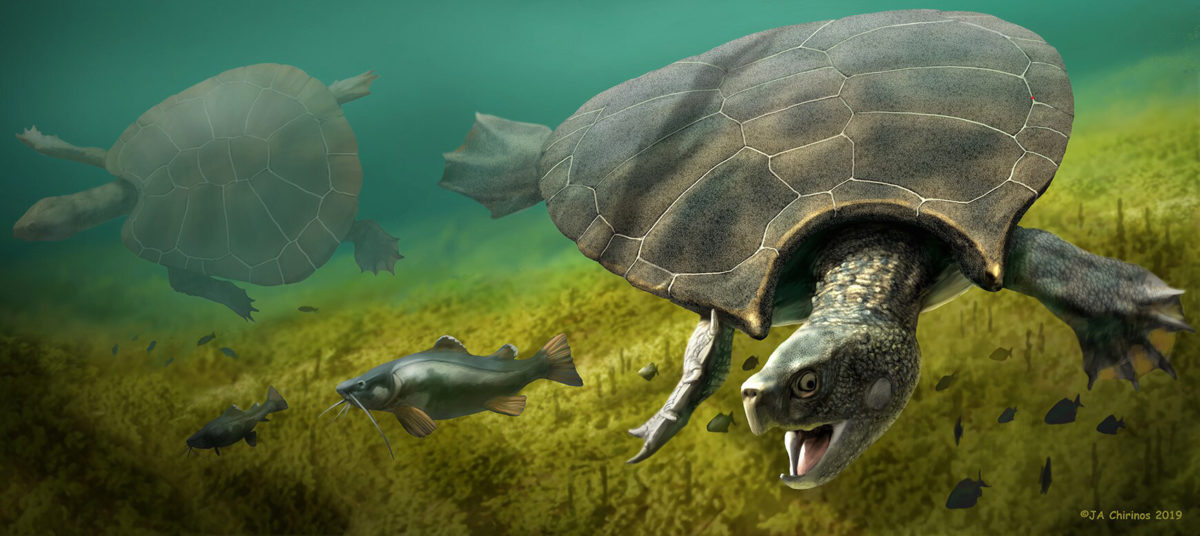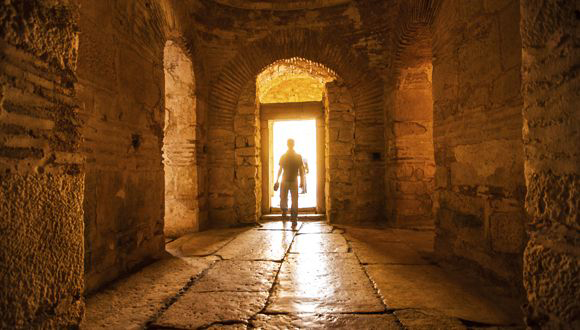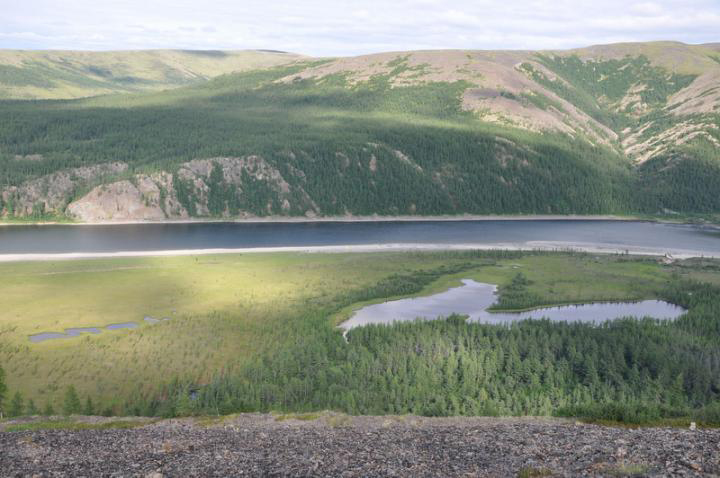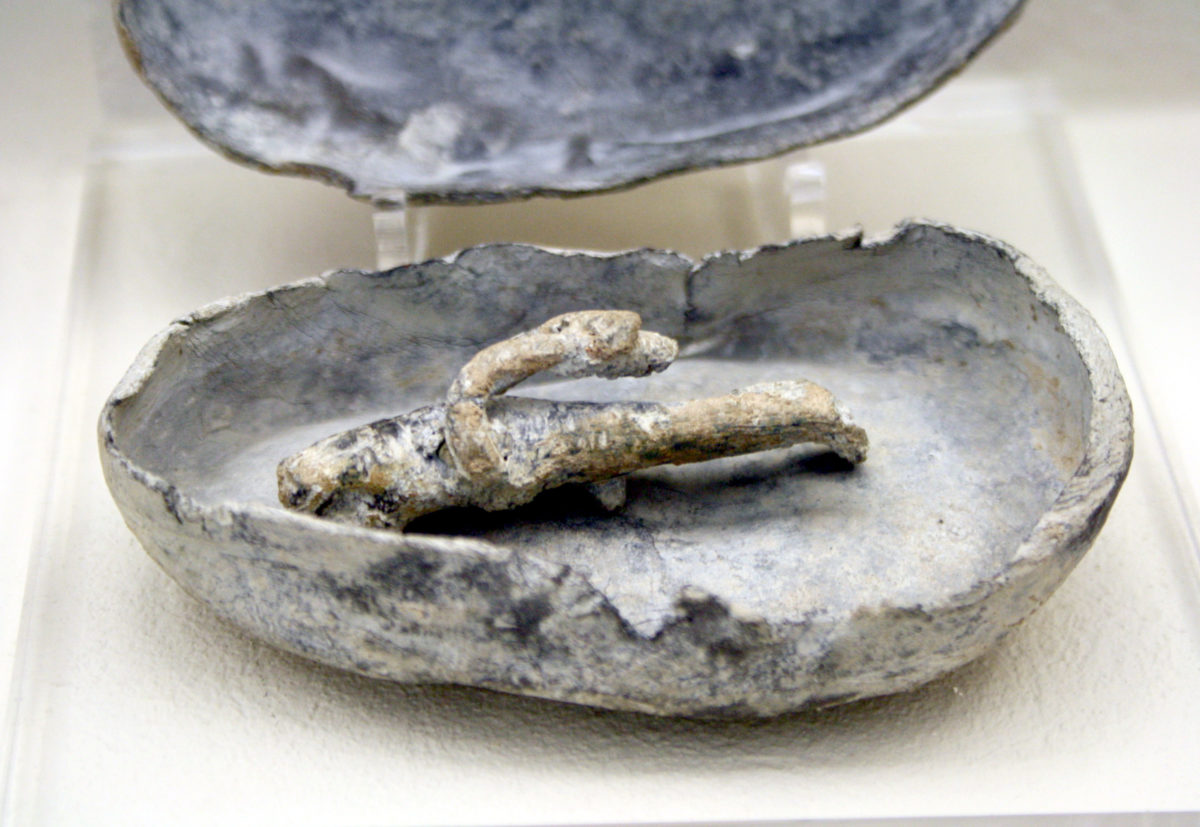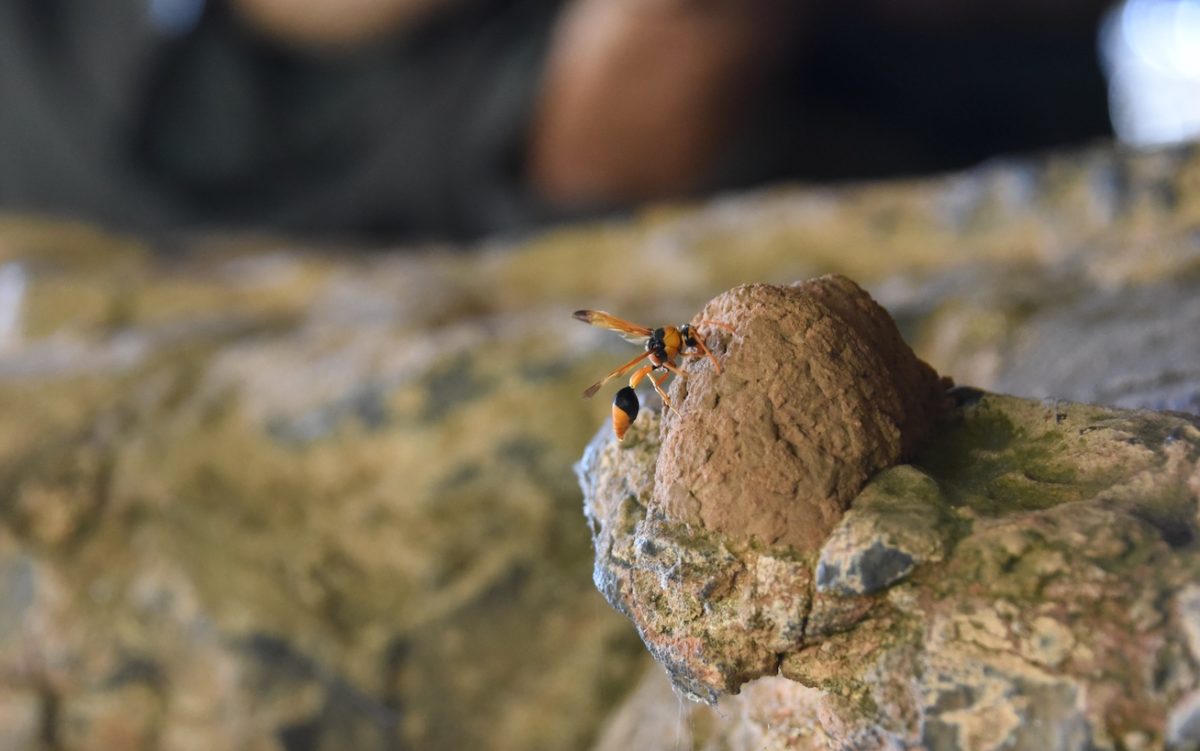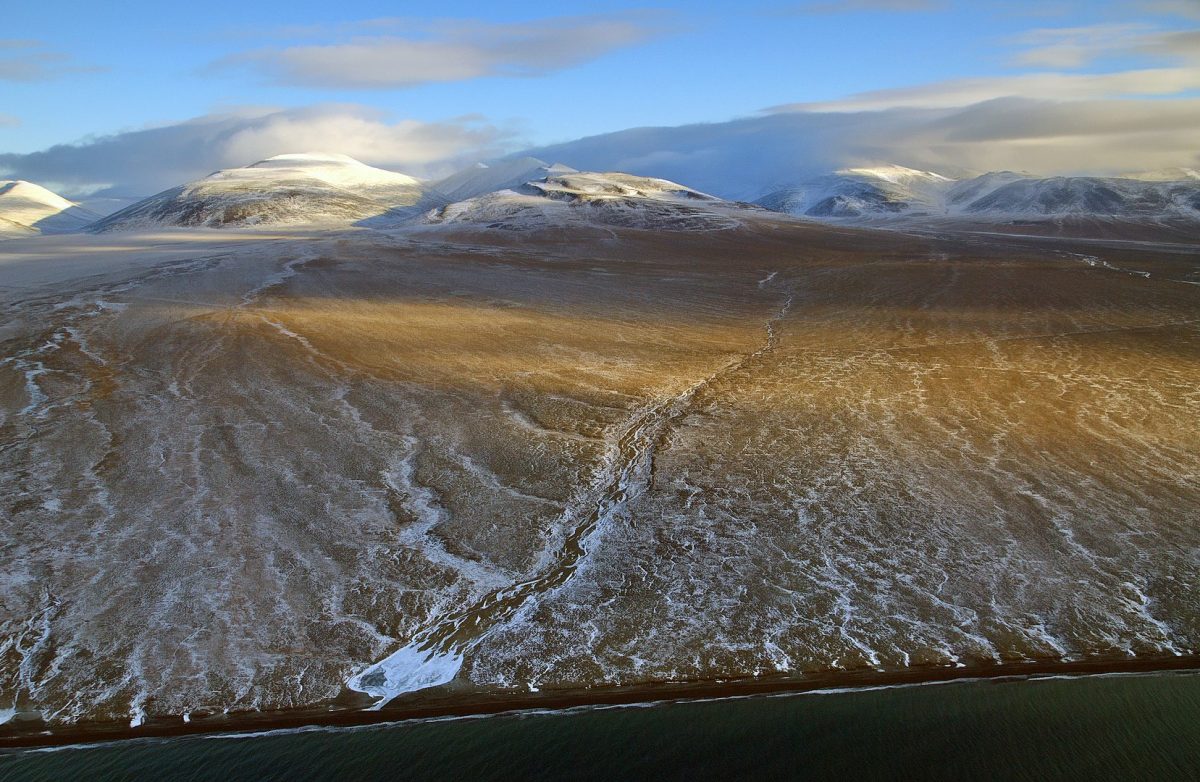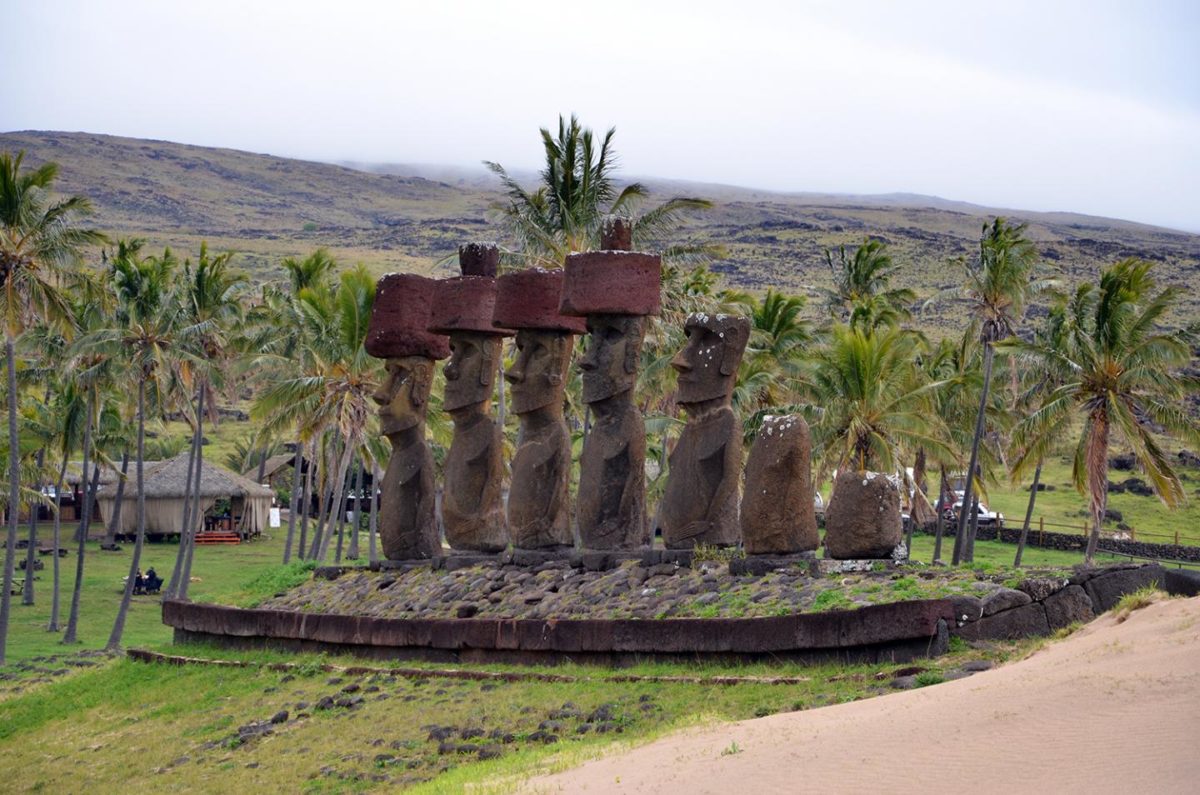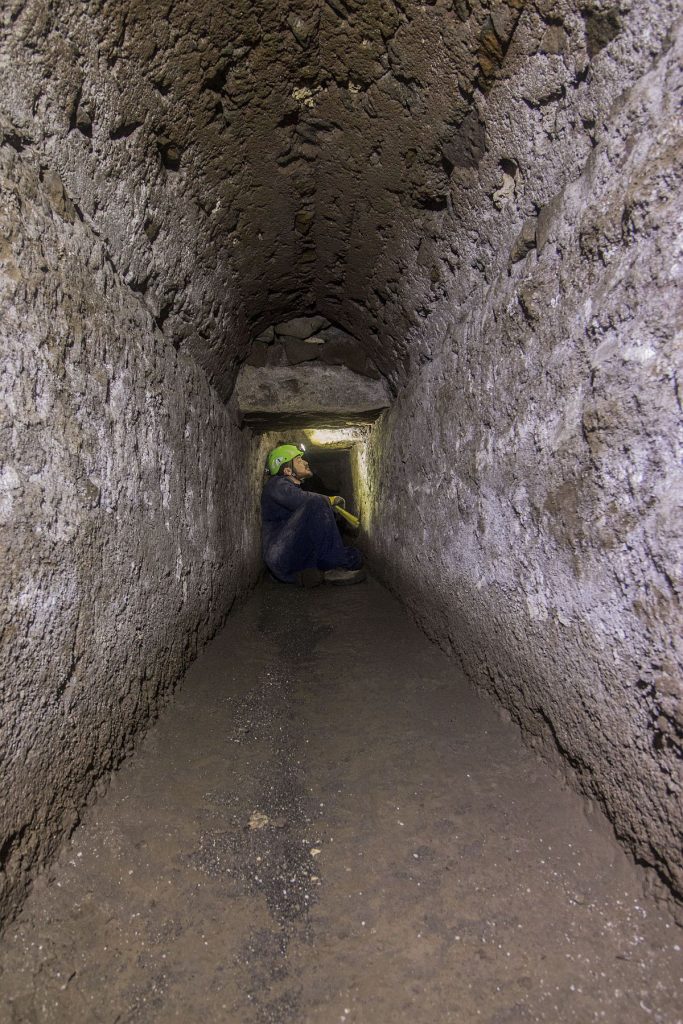Rich archaeological finds from Dakaliya have been announced
Rich archaeological finds from Dakaliya, Egypt, have been announced.
Liverpool Philharmonic Pub Becomes Grade I Listed
The Philharmonic Dining Rooms, Liverpool, has been upgraded to Grade I by the Department for Digital, Culture, Media and Sport on the advice of Historic England, making it the first purpose-built, Victorian public house to receive a Grade I listing.
Boom and bust for ancient sea dragons
Large fish-like marine reptiles, the ichthyosaurs, had an early heyday but could not keep up the pace, leading to a 100-million-year stagnation in evolutionary variation.
Extinct giant turtle had horned shell of up to three meters
Paleobiologists from the University of Zurich have discovered exceptional specimens in Venezuela and Colombia of an extinct giant freshwater turtle.
Mystery of stolen Klimt painting: Investigation of gallery owner’s widow
One of the most mysterious cases of art theft in Italy has taken a new turn with the widow of an ex gallery owner apparently involved in the Gustav Klimt painting’s disappearance.
Closing event of the Leonardo da Vinci exhibition
The show will be open free of charge to all visitors for its final 3 nights.
‘Ghost’ of mysterious hominin found in West African genomes
Ancestors of modern West Africans interbred with a yet-undiscovered species of archaic human, similar to how ancient Europeans mated with Neanderthals, researchers report.
Newly discovered temple calls into question Biblical depictions
Tel Moẓa site proves there were other sanctioned temples besides the official temple in Jerusalem, TAU researchers say.
Rare Viking-age board game piece found
Durham Universityn archaeologists have helped unearth a 1,200 year old board game piece on a small island off the coast of north east England.
Announcing a New Meat-eating Dinosaur from Alberta
Palaeontologists have discovered a new species of tyrannosaur in Alberta. Thanatotheristes degrootorum is the oldest tyrannosaur species ever found in Canada.
Tsiknopempti at the Acropolis Museum restaurant
On Thursday 20 February 2020, from 8 p.m. until midnight, the Acropolis Museum restaurant will celebrate the popular day of “Tsiknopempti”.
Disease found in fossilized dinosaur tail afflicts humans to this day
The fossilized tail of a young dinosaur that lived on a prairie in southern Alberta, Canada, is home to the remains of a 60-million-year-old tumor.
Enigmatic ancient Egyptian game table was the missing link in iconic board game evolution
Study on the senet game table from the Rosicrucian Egyptian Museum indicates it is a piece of gaming hstory.
A “partial/halfway” solution regarding the Phaleron Captives
Opinion in favour of the proposal to lift the finding and remove it in one piece or to transfer it to a nearby place, conduct a subsoil remediation and then relocate the finding to its original spot.
Athens from East to West, 1821-1896
A historical documentary by Maria Iliou and a photographic exhibition at the Benaki Museum of Greek Culture.
There’s a twist in the story of volcanism & mass extinctions
An emerging scientific consensus is that gases—in particular carbon gases—released by volcanic eruptions millions of years ago contributed to some of Earth's greatest mass extinctions.
Kerameikos: Ancient curse tablets found inside a well
A total of 30 ancient Greek tablets were found inside a 2.500 year old well at Kerameikos.
Religion and the Rule of Law in the Greek Polis
The Swedish Institute at Athens welcomes all to a talk by Edward M. Harris, Durham University and University of Edinburgh.
Wasp nests used to date ancient Kimberley rock art
Mud wasp nests have helped establish a date for one of the ancient styles of Aboriginal rock art in the Kimberley.
Scientists resurrect mammoth’s broken genes
To conduct the study, Lynch’s team first compared the DNA of a Wrangel Island mammoth to that of three Asian elephants and two more ancient mammoths.
Tropical trees are living time capsules of human history
New international study shows the potential of novel methods to reveal past human influences on the growth of tropical trees still standing today.
Picasso: Blue and Rose Period
An audiovisual journey to Pablo Picasso’s early career (1900–1907) through a multimedia installation that lets visitors experience the great artist’s oeuvre.
Researchers revise timing of Easter island’s societal collapse
Team led by University of Oregon doctoral student says new evidence, based on statistical modeling of radiocarbon dates, shows the island's monument-building culture was thriving when Europeans arrived.
Canals and tunnels in the forum area
Investigation and research at Pompeii does not stop at the visible parts of the city, but also focuses on previously unseen aspects, such as the study of the tunnels and drainage canals of Ancient Pompeii.


